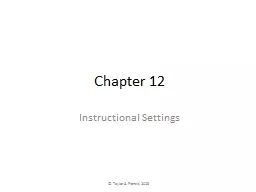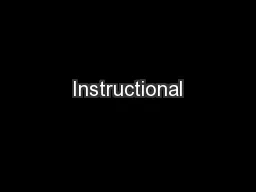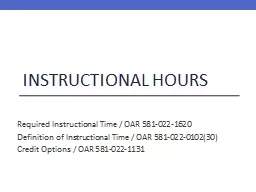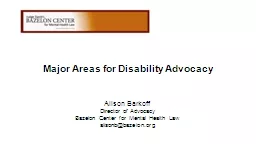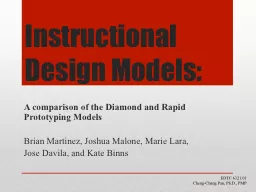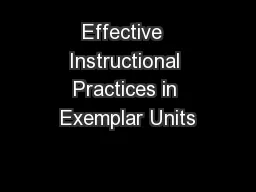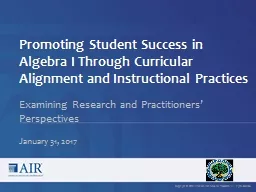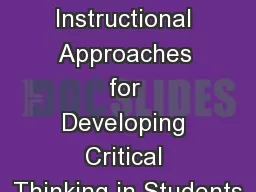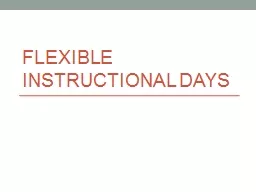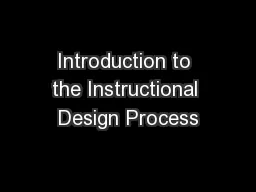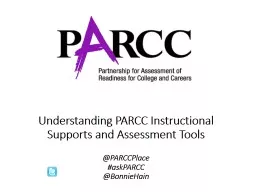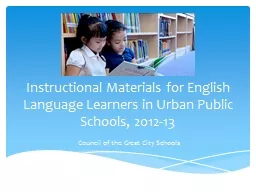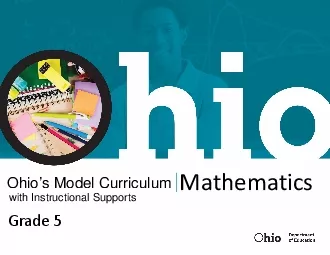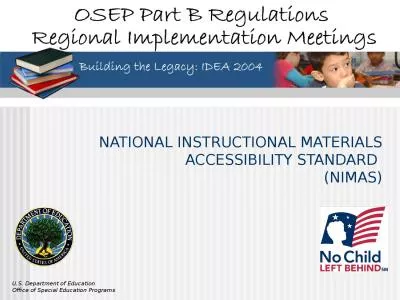PPT-Chapter 12 Instructional Settings
Author : alexa-scheidler | Published Date : 2018-03-17
Taylor amp Francis 2015 INSTRUCTIONAL SETTINGS MATTER IDEA specifies that students must have access to an array of educational placements Instructional settings
Presentation Embed Code
Download Presentation
Download Presentation The PPT/PDF document "Chapter 12 Instructional Settings" is the property of its rightful owner. Permission is granted to download and print the materials on this website for personal, non-commercial use only, and to display it on your personal computer provided you do not modify the materials and that you retain all copyright notices contained in the materials. By downloading content from our website, you accept the terms of this agreement.
Chapter 12 Instructional Settings: Transcript
Download Rules Of Document
"Chapter 12 Instructional Settings"The content belongs to its owner. You may download and print it for personal use, without modification, and keep all copyright notices. By downloading, you agree to these terms.
Related Documents

